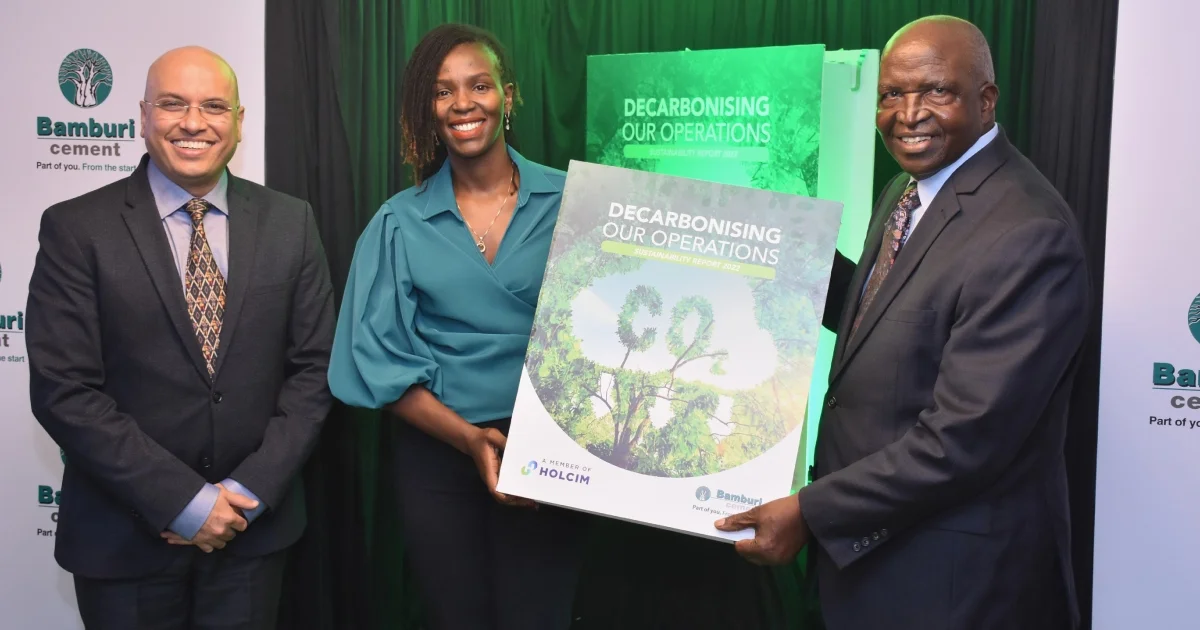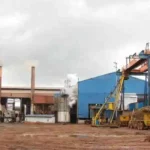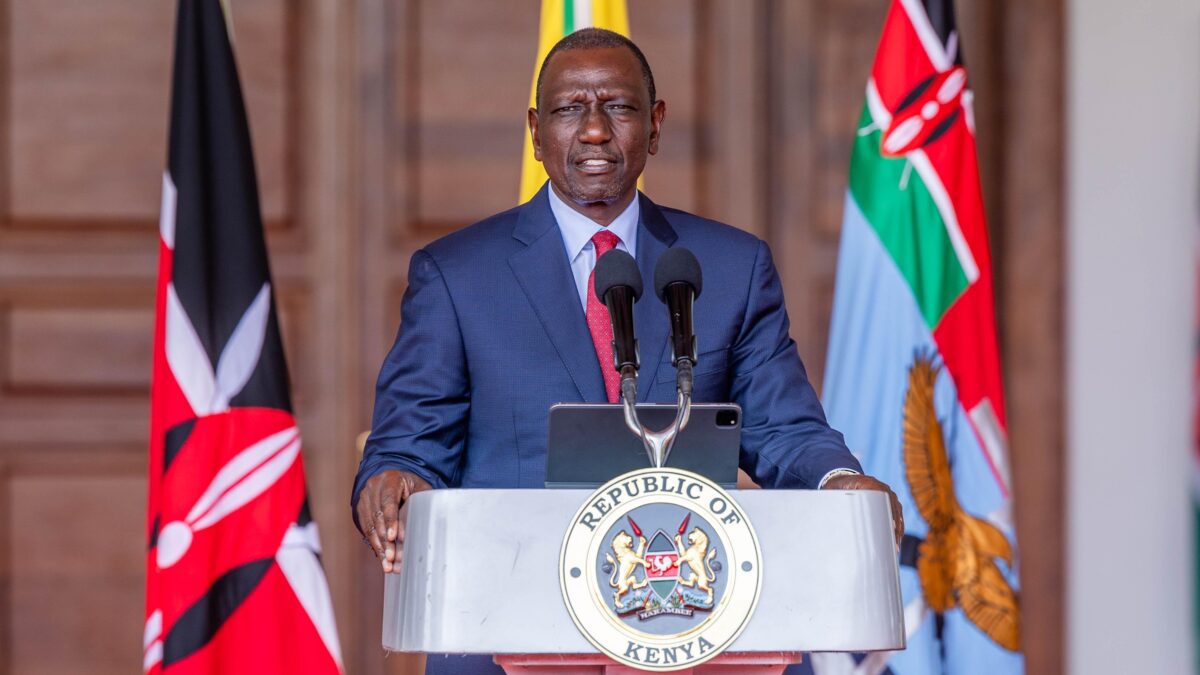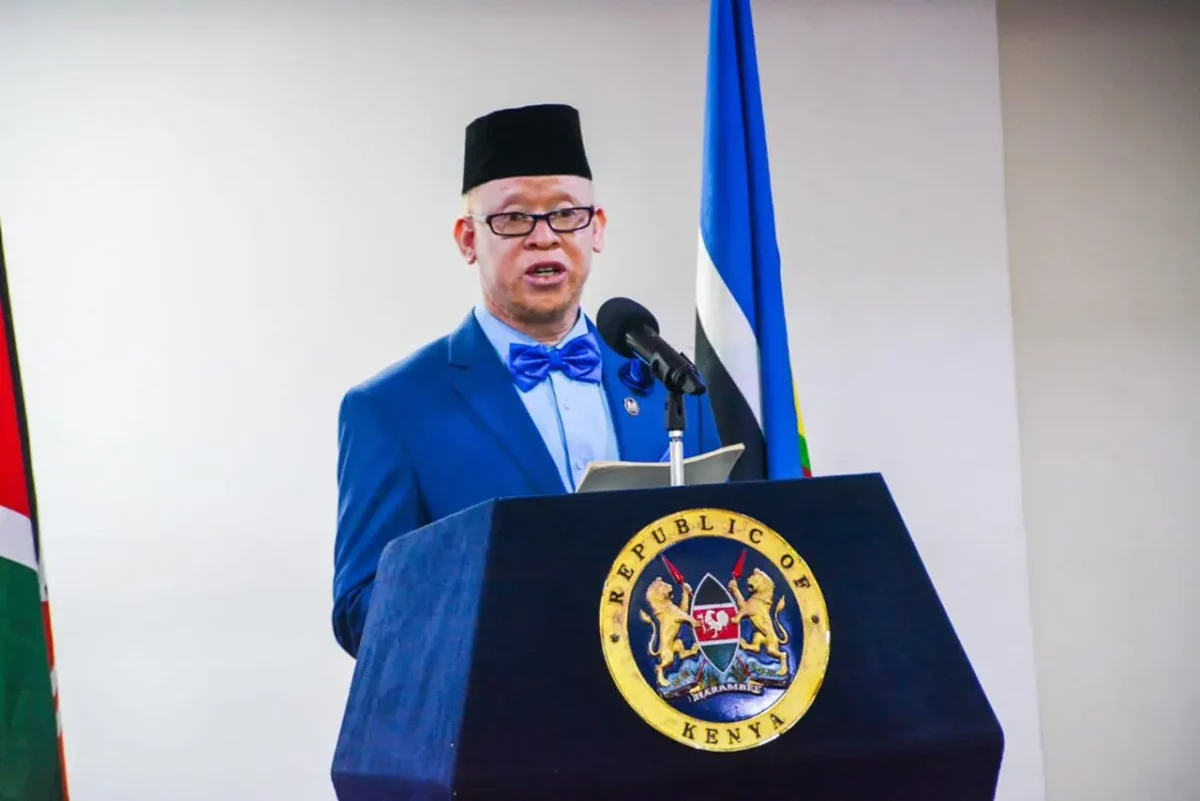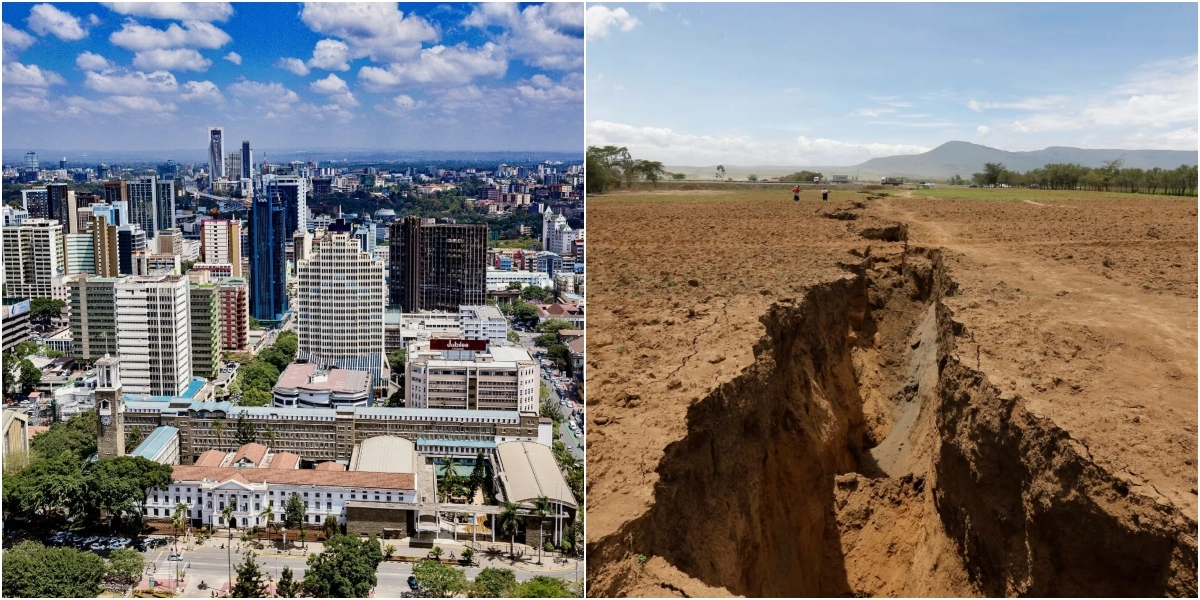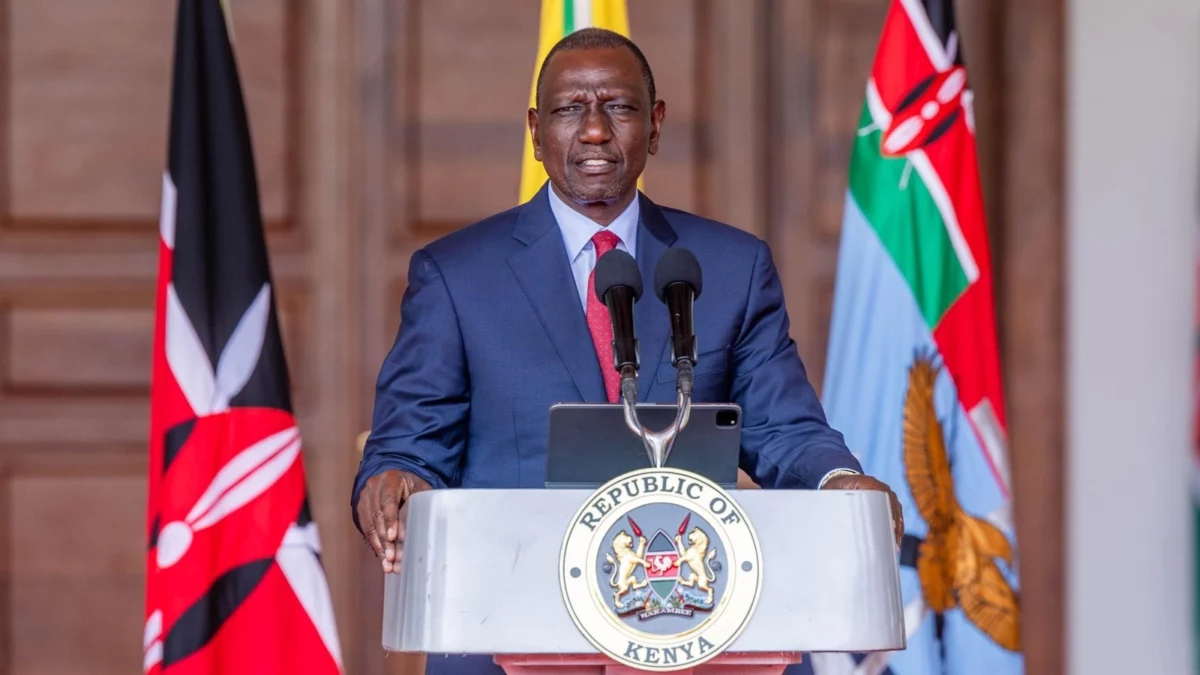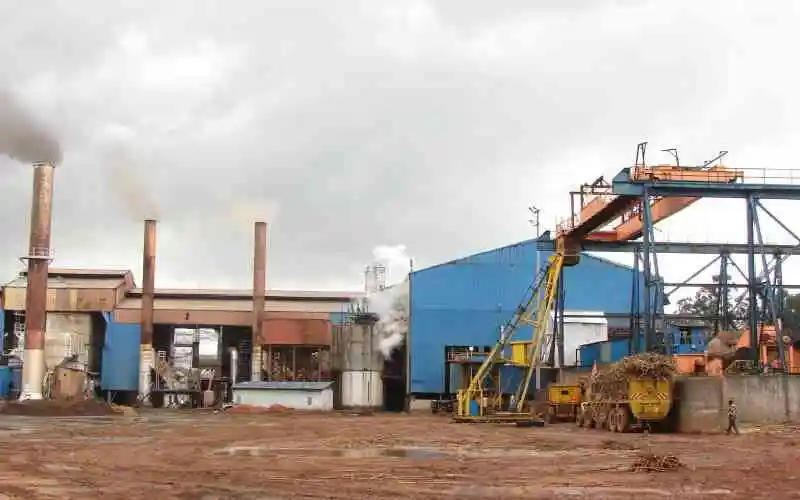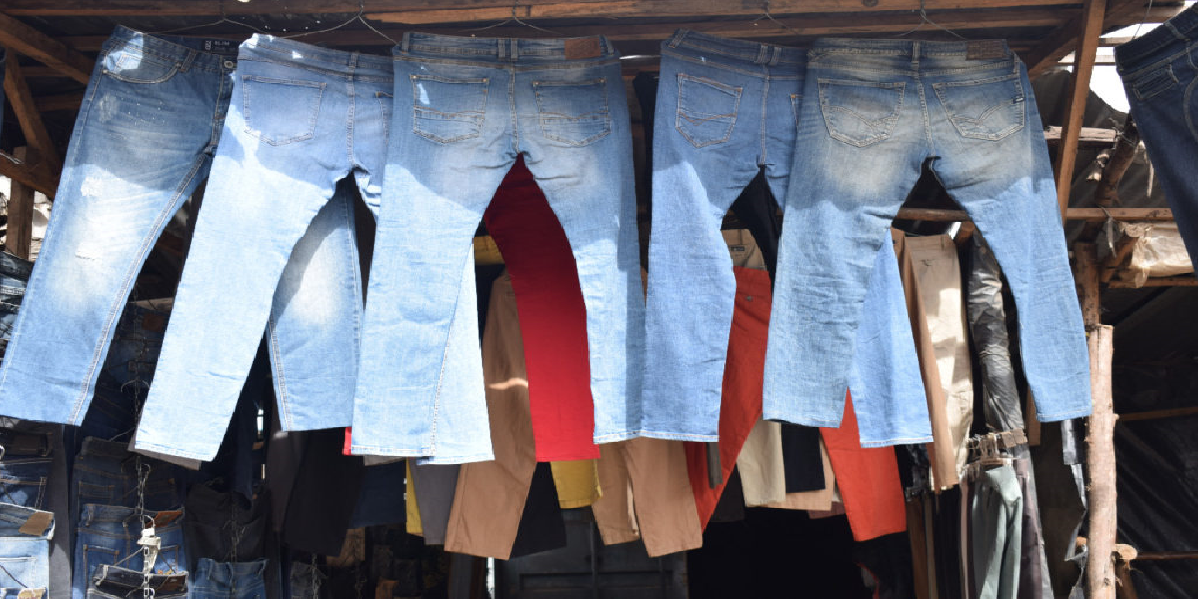In order to achieve net-zero carbon (CO2) emissions by 2050, Bamburi Cement Plc has unveiled its 2022 Sustainability Report, which outlines its green growth trajectory focused on decarbonizing its business operations.
The 2022 Sustainability Report, dubbed ‘Decarbonizing Our Operations’ was launched yesterday and outlines the company’s actions toward Environmental, Social, and Governance (ESG) impacts and its financial and non-financial performance review for the January–December 2022 fiscal year. According to the report, the company increased its use of alternative fuels in operations by 5.5% last year, while reducing its carbon emissions by 3.2%.
Read Also:
Bamburi Cement Leads the Charge for Sustainable Construction in Kenya
The reduction in Scope 1 carbon emissions, according to Mohit Kapoor, Managing Director of Bamburi Cement Group, can be attributed to several ongoing key initiatives. These include substituting alternative fuels for fossil fuels, using renewable energy, using alternative raw materials instead of clinker, and optimizing the cement manufacturing process.
The report goes on to discuss the advancements that have been accomplished in each of Bamburi’s primary sustainability pillars: Governance, Customer, Product and Innovation, Sustainable Procurement, Nature and Water, People and Human Rights, Circular Economy and Climate and Energy. Bamburi Cement also concentrated on green transportation, safeguarding and conserving natural resources, and strengthening the circular economy in order to promote green operations.
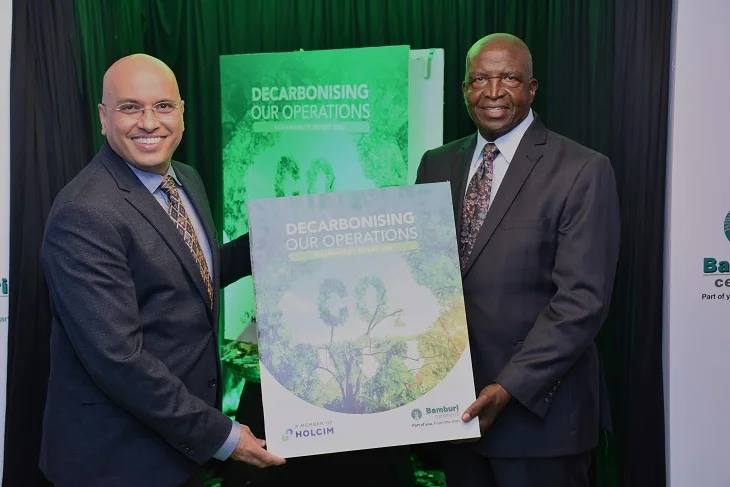
The Company has also embraced smart construction technologies, such as 3D printing, which can cut CO2 emissions in comparison to other traditional construction processes by up to 80%. Furthermore, the proportion of clinker used in the manufacturing of cement dropped to 53.3% from 54% in 2021, primarily because of a rise in the production of Fundi and Minecem, two products that are included in the portfolio of green cement.
“Bamburi Cement continues to be an industry leader in sustainability and innovation displayed through our efforts to provide the widest range of green products to our customers. We are cognizant of our responsibility to accelerate climate action and initiatives to achieve net zero by 2050,” Bamburi Cement Sustainability and Geocycle Director Ms Jane Wangari said.
Subscribe to our YouTube channel Switch TV
Bamburi Cement Plc Chairman Dr John Simba said, “Sustainability holds great urgency and significance due to the increasing need to protect our environment and livelihood. We assure our stakeholders that we will continue to implement more aggressive measures in pursuit of climate change mitigation.”


